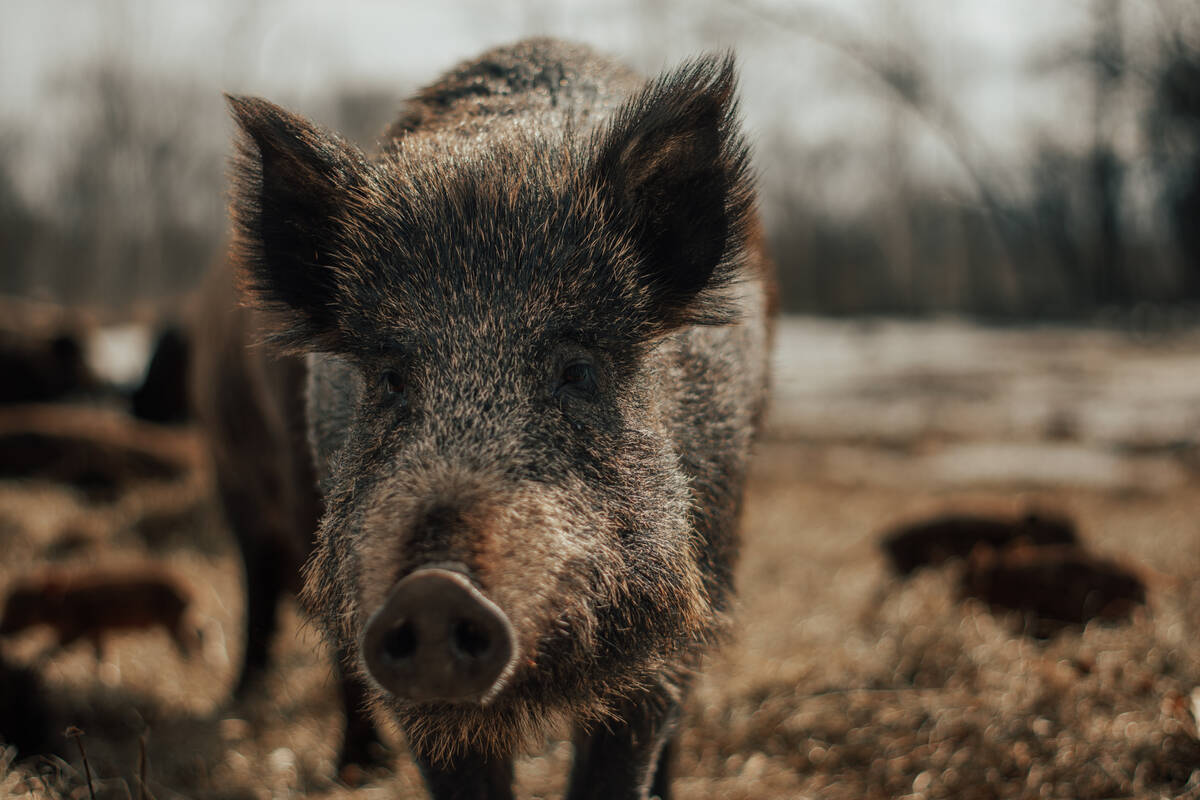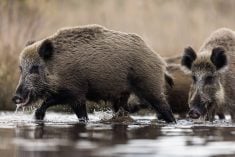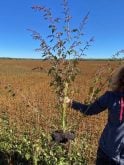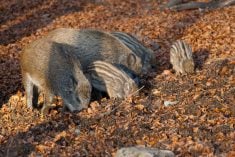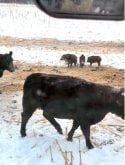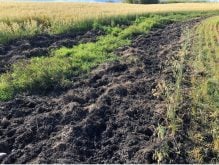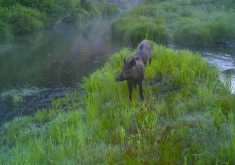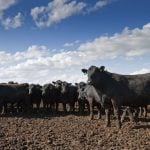Wild pigs are a growing problem spreading across Canada, but the invasion looks different depending on where you are.
Alberta faces scattered populations that have prompted municipal bans on some farming types. In Manitoba, breeding colonies of wild pigs have cropped up in places like Spruce Woods Provincial Park. Ontario is still in prevention mode to nip any potential populations at the bud.
WHY IT MATTERS: Invasive wild pigs, and efforts to eradicate them, have gained considerable attention in Manitoba. The species is known for both its ecological and agricultural damage, and is notoriously elusive.
Read Also

Manitoba to boost rural medical responders
Manitoba bursary aims for more accessible emergency medical responder training, better rural emergency health care.
Tracking and eliminating wild pig populations has been a years-long effort in places where they’ve dug a foothold, Manitoba included. For the first time though, there’s now been a nationwide study to map where Canada’s wild pigs are, and what different regions are doing to beat them back.
Animal Health Canada recently released the 2023 Canadian Invasive Wild Pig Report (dated to reflect the last year of the report’s three-year data range).
The national mapping initiative provides provinces with improved communication tools that they didn’t have before, said Hannah McKenzie, a wild boar program specialist with Alberta Agriculture and Irrigation and one of the names involved in the project.
“Up until this map, internally, we were using the information, but we didn’t really have a way to communicate it publicly, or to share that and kind of tell the story about what our program is, where we’re active in the province, and what we’re doing.”
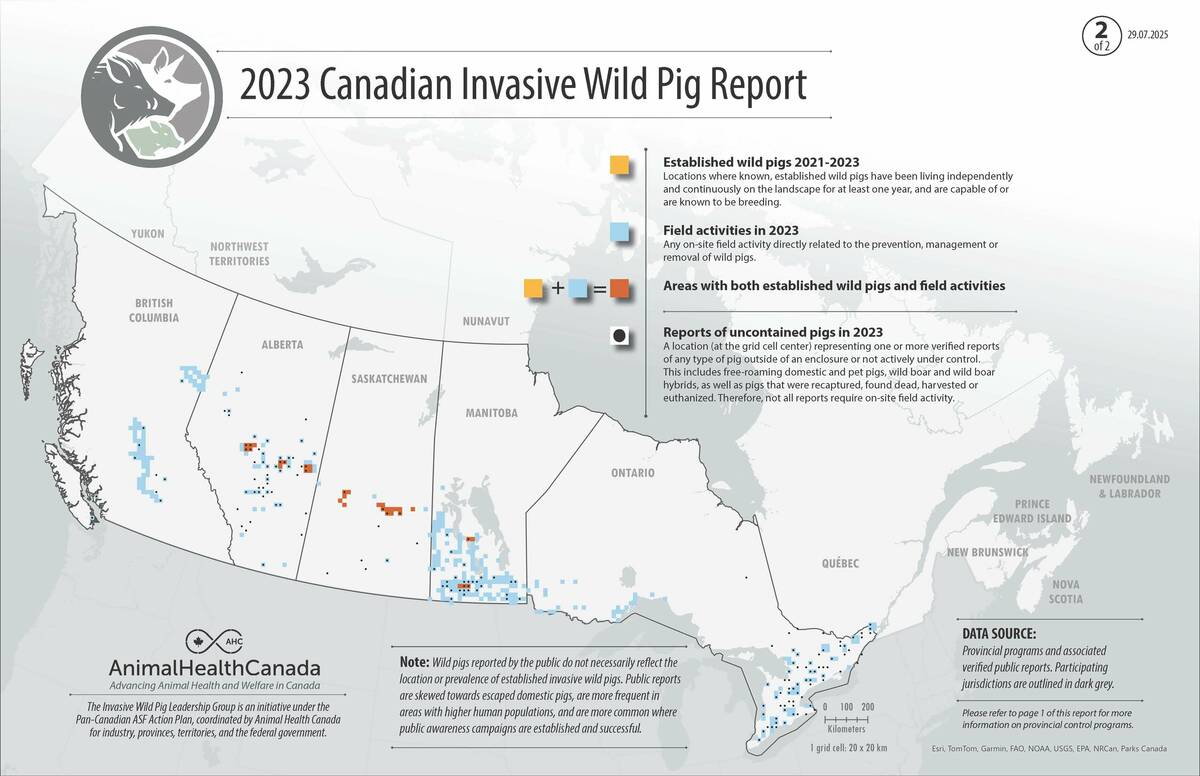
The making of a map
It was a joint effort between provincial governments and Animal Health Canada to standardize how they track and document wild pig populations from coast to coast.
Canada already had the Invasive Wild Pig Leadership Group — a group formed as part of the Pan-Canadian African Swine Fever Action Plan and co-ordinated by Animal Health Canada — looking at national strategy against wild pigs.
The national strategy team realized, however, that individual provinces were all tackling monitoring and control in different ways. By joining forces and sharing data collection methods, they hoped a bigger picture would emerge of wild pig distribution across the Canadian landscape.
“It was identified that we wanted to put together a map that really showed the activities of the different programs and our best understanding of what was happening with wild pigs across Canada,” McKenzie said.
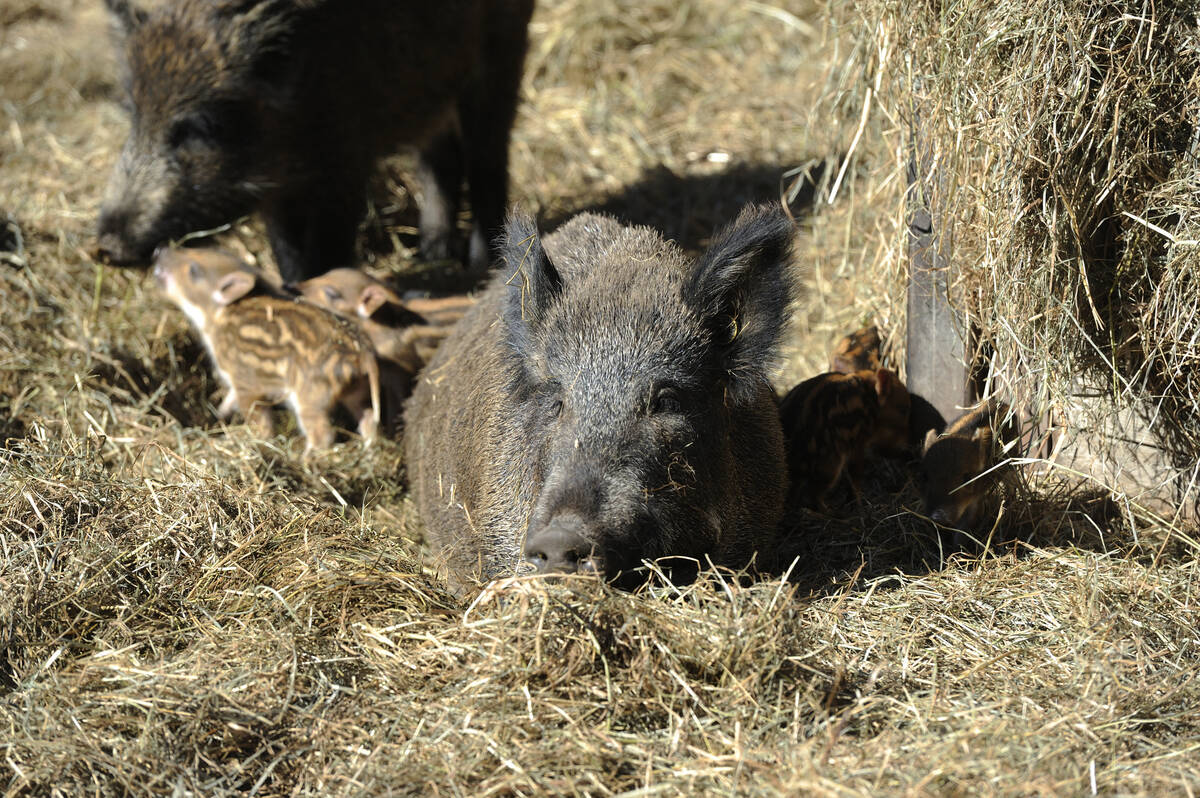
Apples to apples
Co-ordination proved complex due to provincial differences in the way information is collected, McKenzie said.
“There’s quite a bit of work. Animal Health Canada was really able to help kind of figure out how we can make all that information talk to each other,” she noted.
The most challenging part came on the back end of standardizing definitions, finding connections between the data, and putting it together in a way that could be used to do the mapping itself, said Michelle Follensbee, a project manager with Animal Health Canada.
The project had to maintain the integrity of the data, but it also had to work to create a unified national picture.
“We had excellent mapping guidance within the group, and we also reached out to other jurisdictions like the U.S. to get ideas about what we were trying to do and how to approach it.”
Details of the report
The newly published report analyzed surveillance data spanning from 2021 to 2023, mapping confirmed wild pig colonies in co-operating provinces, alongside verified observations of free-ranging pigs recorded in 2023. The document also catalogues field intervention operations by provincial agencies and partner organizations throughout 2023. It looked at all types of feral pigs, from runaway farm pigs to Eurasian wild boar and mixed-breed populations.
.
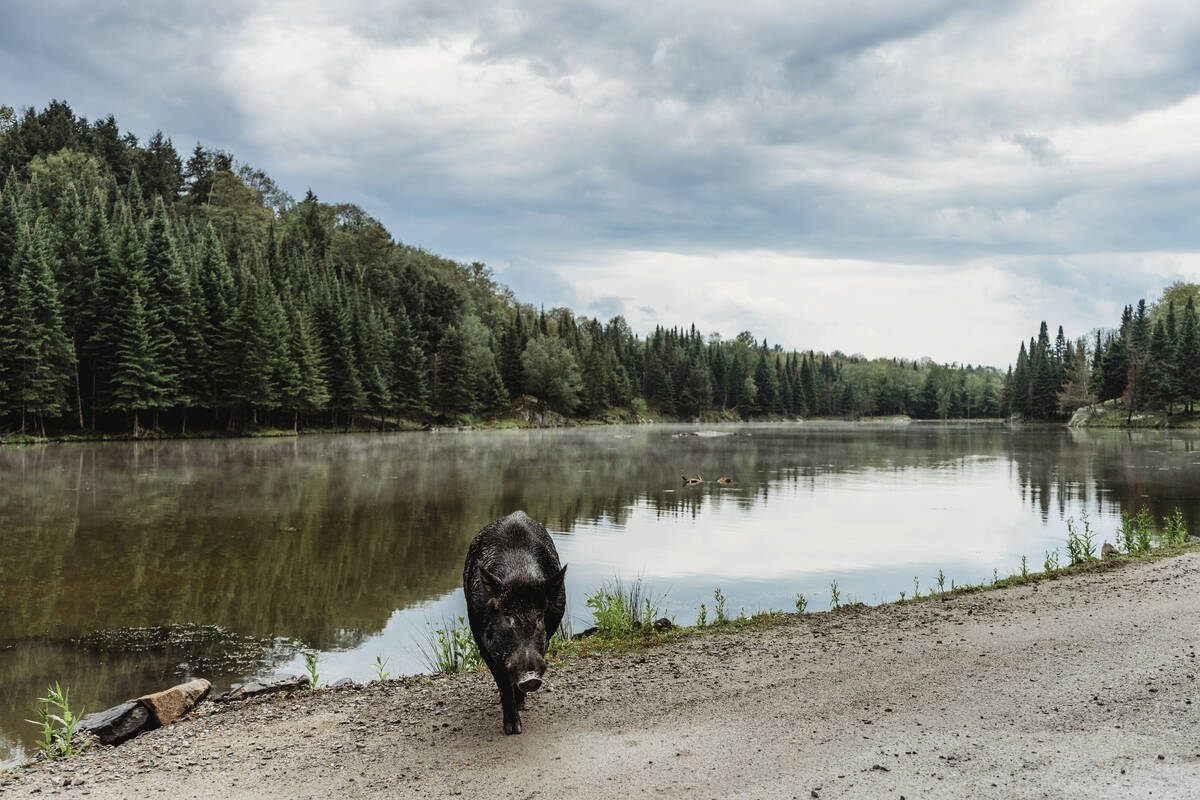
“It was fun to work with the provinces and help them bring together the data that they have so that we could represent it in a way that speaks to Canada’s situation,” Follensbee said. “(The provincial programs) each manage their data, and then we roll it up into a file for Canada to do the mapping.”
Five provinces volunteered to supply information, including British Columbia, Alberta, Saskatchewan, Manitoba, and Ontario. These provinces submitted data through their respective wild pig management agencies, with Animal Health Canada facilitating the compilation process.
“Each one of those programs is a separate program. There isn’t an overarching program in Canada, and so they’re all different, but they have the singular goal of wanting to eradicate wild pigs or prevent them from being established,” Follensbee said.
Regional challenges and responses
Those provincial programs face varying challenges based on their region’s conditions. In Alberta, wild boar populations are “patchy” and not spread out across the entire province. The Alberta Wild Boar Control Program uses monitoring, disease surveillance, and co-ordinated trapping to limit their spread, while some municipalities have moved to ban wild boar farming.
Manitoba’s wild pigs include both escaped domestic herds and Eurasian wild boar. There are hot spots with established populations in Spruce Woods, but also around Lake Manitoba. Since 2022, the province has run its Squeal on Pigs Manitoba program, backed by Manitoba Pork and both federal and provincial funding. That initiative combines surveillance, trapping, and public reporting systems to target problem populations.
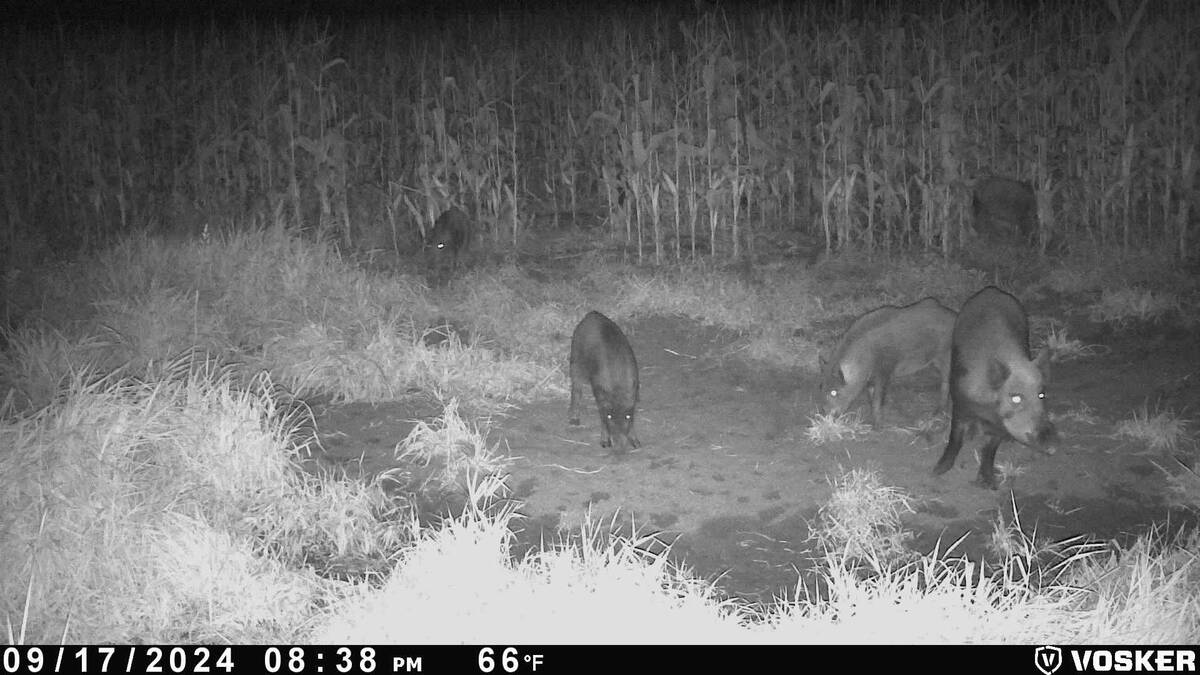
Saskatchewan has declared feral wild boar a regulated pest and runs its control program through the Saskatchewan Crop Insurance Corporation. Over the past several years, more than 1,000 animals have been removed. A licensing regime now requires inspections and strict containment for wild boar farms, with a moratorium in place on establishing new facilities.
In Ontario, authorities have focused on prevention before wild pigs can take hold. The province banned wild pig hunting, which experts say actually scatters wild pig groups and spreads the problem, and prohibits keeping Eurasian wild boar. It also deploys trail cameras and does public outreach campaigns. To date, Ontario reports no confirmed established populations, though scattered sightings of escaped farm pigs still occur.
British Columbia, meanwhile, does not have established wild pig colonies, but continues to see sporadic reports of escaped domestic pigs. These cases are dealt with under the Wildlife Act, which prohibits releasing pigs into the wild. A provincial working group co-ordinates responses, and licensed hunters are legally permitted to harvest feral pigs when encountered.
“If you’re a landowner, and you just happen to have wild boar kind of established near you, you could be experiencing some severe impacts to their crops, and they may be making decisions about which crops to grow based on how much damage they expect to get,” McKenzie said.
Real risks to agriculture and wildlife
Wild pigs pose a serious threat to ecosystems, crops, human safety and wildlife habitats, according to Dr. Leigh Rosengren, industry co-chair on the Animal Health Canada board of directors.
“They also serve as potential reservoirs for diseases that threaten both wildlife and livestock, with African swine fever and foot and mouth disease being the most pressing concern,” she said in a press release sent out on Sept. 9 by Animal Health Canada.
Collaboration between provinces and organizations is essential to tackle the widespread and growing problem, Rosengren said.
“Addressing this issue requires co-ordinated action. The 2023 Canadian Invasive Pig Wild Report highlights how participating provinces are coming together to track national progress in preventing established wild pig populations, and managing and removing this invasive species from Canada.”
Disease transmission concerns particularly affect pork producers, McKenzie said.
“The disease risk is kind of ever present, and certainly something that folks worry about quite a bit.”
Public can play a vital role
Public participation remains crucial to the initiative’s success, Follensbee believes. That’s why one of the map project’s goals was to provide information to the public about what’s happening when they report wild pig sightings.
It hopes to “increase their awareness and make them aware of the effort that goes in once something has been sighted, that that sighting has been verified as wild pigs, and that steps are taken to remove them from the landscape,” she said.
Past public awareness campaigns appear to be generating results. McKenzie, who began her role in 2022 shortly after Alberta’s Squeal on Pigs campaign launch, said she’s seen increased reporting activity.
“I don’t think that’s related to the increased numbers of wild boar, but just more people being aware and reporting,” she said. “We are starting to get a lot of reports of escaped domestic pigs as well, which I think is really good, because it means people are out there.”
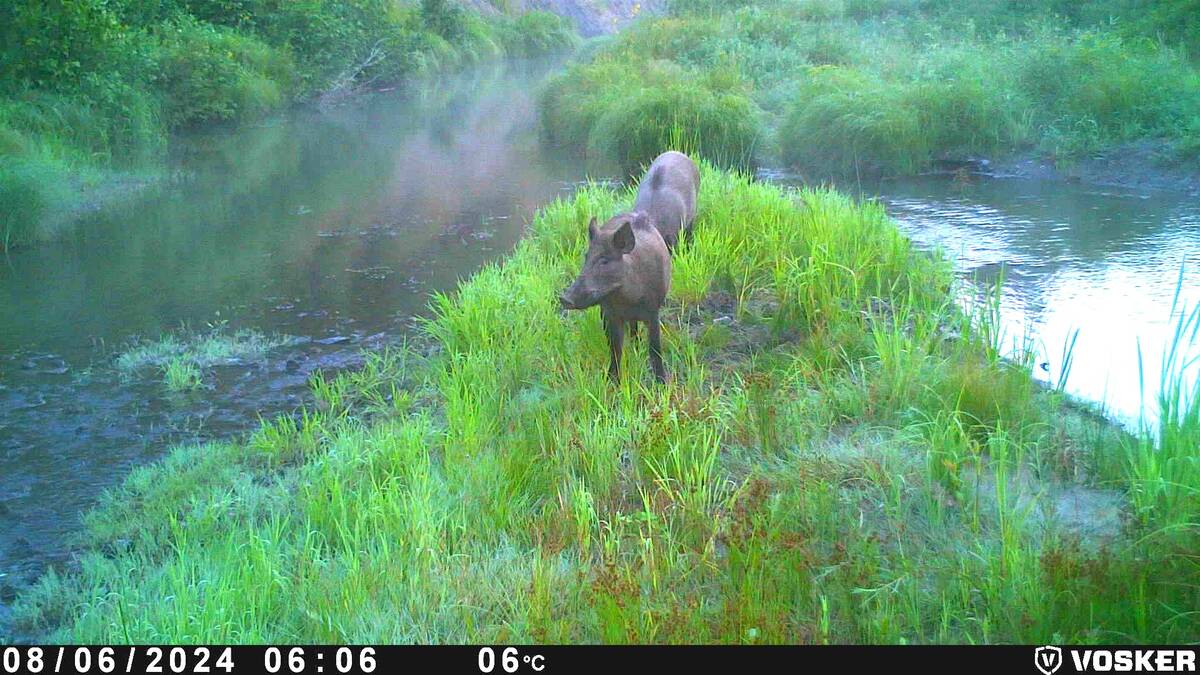
Manitoba’s program has also grown since its start. In 2023, the program got 157 sighting reports, up from 122 in their initial year. Last year, according to an annual report put out by the program, they got 140 reports.
Their presence with the public, meanwhile, has gained traction. Squeal on Pigs Manitoba reported that their website traffic increased 233 per cent year to year in 2024.
Today, their program has trail cameras and traps, thermal drones, and has gained permission to work inside Spruce Woods Provincial Park itself.
Moving forward
The assessment serves broader disease prevention objectives beyond population tracking, Follensbee said, including collating the information, understanding it and making informed decisions with regards to disease prevention and response planning.
Future editions of the map will include updated information as it becomes available. Animal Health Canada plans to release 2024 data before the end of the year, with follow-up publications monitoring shifts in wild pig geographic spread and evaluating containment and eradication program effectiveness.
“This map is on a yearly basis to release 2023 data and will be following up with 2024 data quite quickly,” Follensbee said.
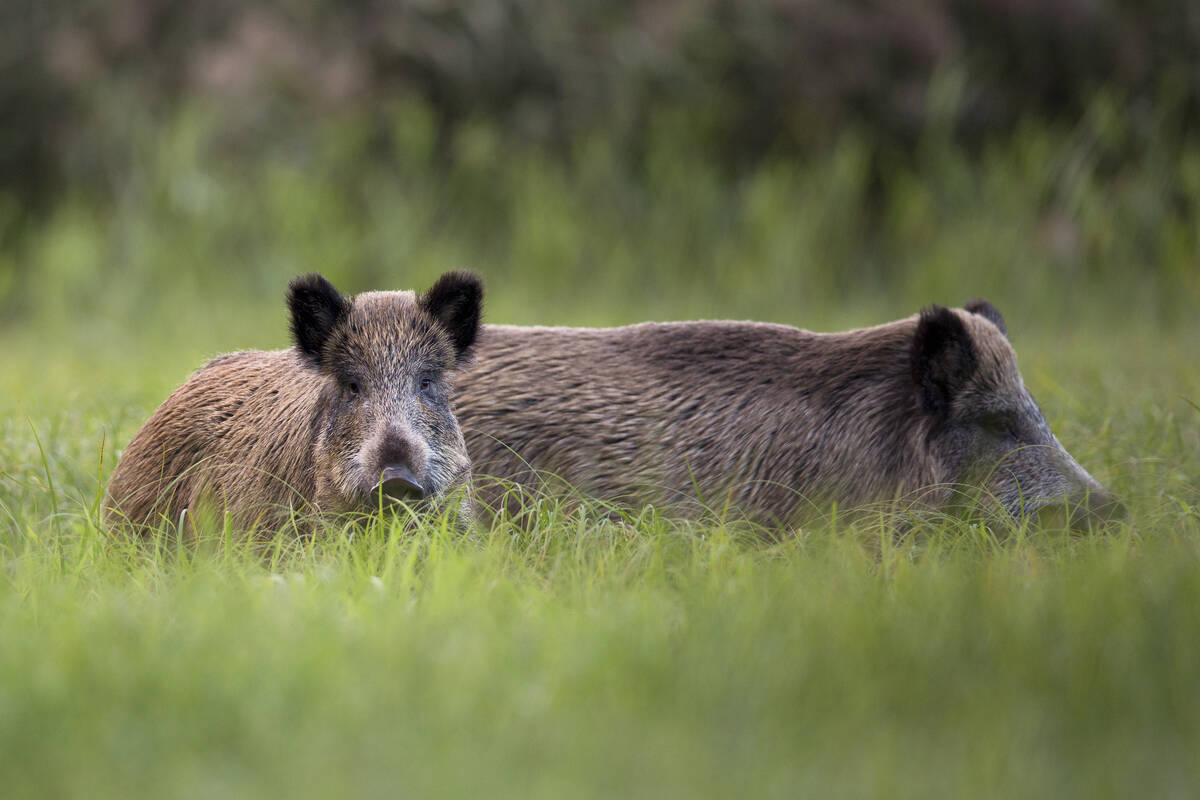
Meanwhile, outreach efforts continue with additional provinces and territories, while researchers studying wild pig populations across Canada are invited to collaborate with regional control authorities to be included in upcoming reports. Citizens encountering wild pigs should notify appropriate provincial management agencies, such as Squeal on Pigs Manitoba.


